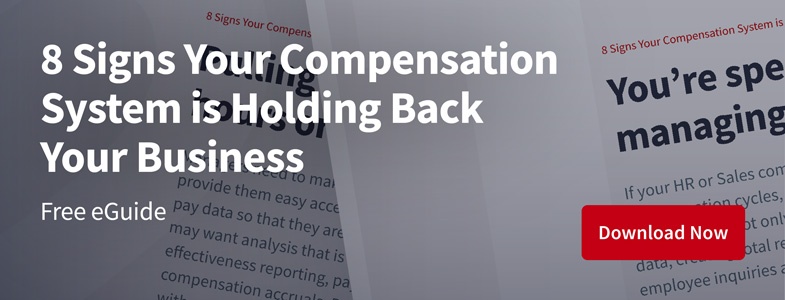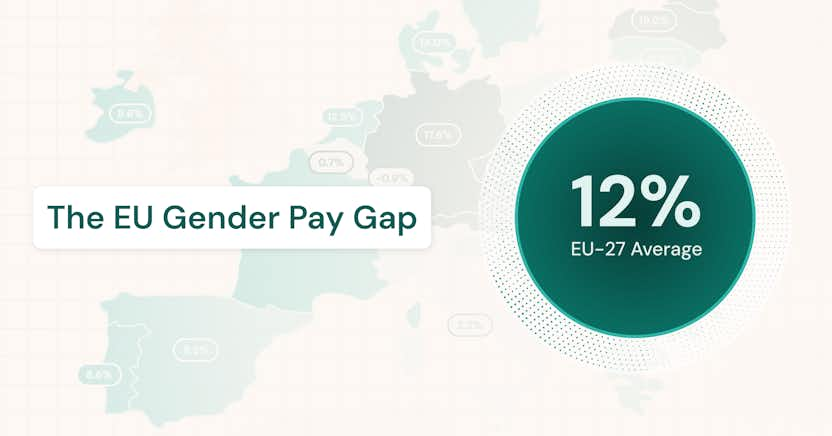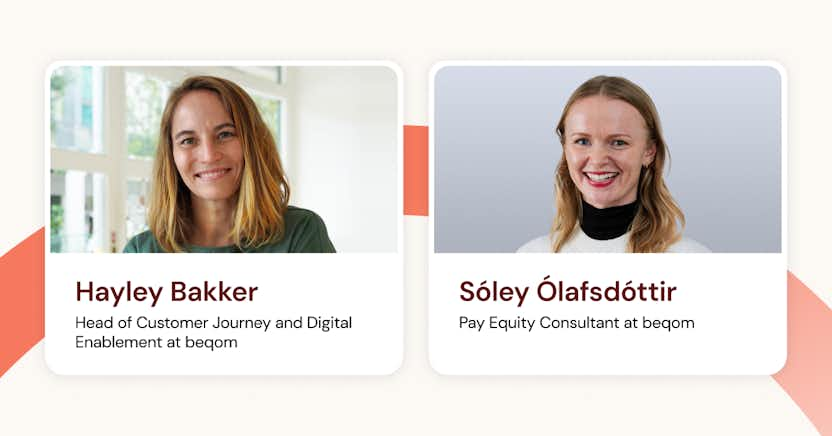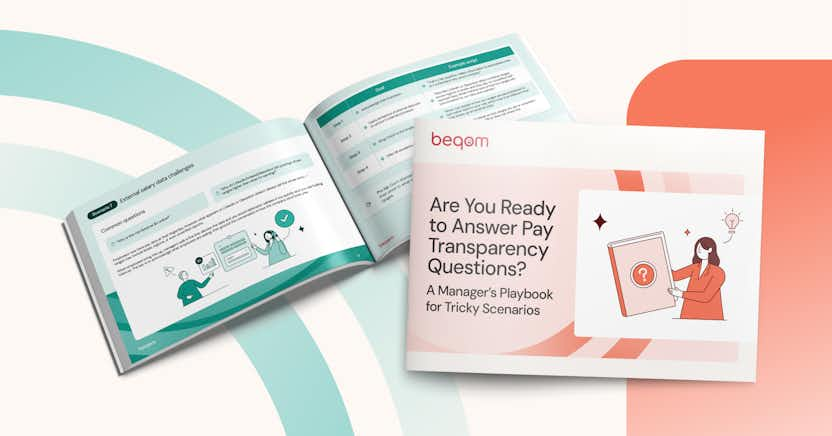4 Ways Technology Can Ease Your Compensation Lifecycle

Learn more about the following beqom products
Managing compensation in large organizations, especially in heavily regulated ones like financial institutions, is a complex undertaking with many processes typically handled through expensive workarounds, manual procedures, or compromises.
As companies plan for next year's compensation cycles, it's worth looking at how technology can fully automate the rewards lifecycle, taking the pain out of traditional practices.
Organizations that have invested in a digital compensation transformation have witnessed benefits throughout the compensation lifecycle, including improved operational efficiency, better support of regulatory compliance, an increase in attracting and retaining talent, enabled execution of business strategy, and lower costs.
The digital transformation is already happening. Many of the world’s leading institutions have mastered their compensation lifecycles through compensation management software.
Easing Step 1: Centralized, streamlined planning and accruals
To plan for the coming cycle you first need to figure out, who will get paid what? It sounds simple, but when you need to match existing employees to benchmark data, estimate new hires on anticipated positions, and take contractual elements into account, the complexity quickly escalates.
Compensation technology is invaluable at this point. A dedicated compensation solution can enable staff cost and headcount planning on a centralized compensation database, ensuring that all parties are seeing the same data, so that HR, Finance, local, and group managers are in sync.
In a central automated platform, you run the compensation plan calculations within the model to see the payouts that will occur based on your planning assumptions. Determining how much to accrue for your bonus and merit pools is usually an iterative process. A compensation platform makes this straightforward; change a few assumptions and rerun the model with ease. An additional approval workflow process provides a full audit history of the plan versions and related approvals.
Easing Step 2: Self-service portal for recommendation rounds
Empowering managers to link pay to performance is a vital step at this operational part of the compensation lifecycle. Compensation technology, through a manager self-service portal, allows managers to enter recommendations, submit and approve, view performance and compensation history, and get instant access to employee compensation sheets.
Organizations that have enabled self-service have seen a 65% drop in HR support. Old delivery methods, like emails containing spreadsheet attachments, get removed from the process, replaced by an approval workflow, fully tracked and recorded in an audit trail.
Easing Step 3: Real time reporting and payroll
A dedicated compensation platform holds all compensation and performance data in one central repository, making it easy to run all of the reports needed to understand compensation spend, analyze pay fairness, assess compensation effectiveness, and provide the data required by all stakeholders.
Rather than waiting until the end of the year, reports can be run in real time as data is updated. Similar to the other stages of the lifecycle, this happens with full audit-ability.
Easing Step 4: Automated communication
Compensation software marks the end of manual processes based on email, spreadsheets, and paper printouts. Compensation sheets, manager summary sheets, total rewards statements, and equity letters can be fully automated.
Once generated, they can be automatically distributed in a variety of formats, or with a link for users to view them online. If your process requires sharing paper printouts, using an automated system, you can download printable PDFs and batch print them.
Accelerating your business
With an automated compensation platform, even the most complex compensation cycle can be mastered. Modern technology streamlines the entire compensation lifecycle, accelerating it by up to six times compared to traditional ways. The 1000s of hours saved in employee effort does not go unnoticed, with a workforce that is more engaged and aligned.
Could new compensation technology accelerate your business? Download our free guide, 8 Signs Your Compensation System is Holding Back Your Business, to find out.








